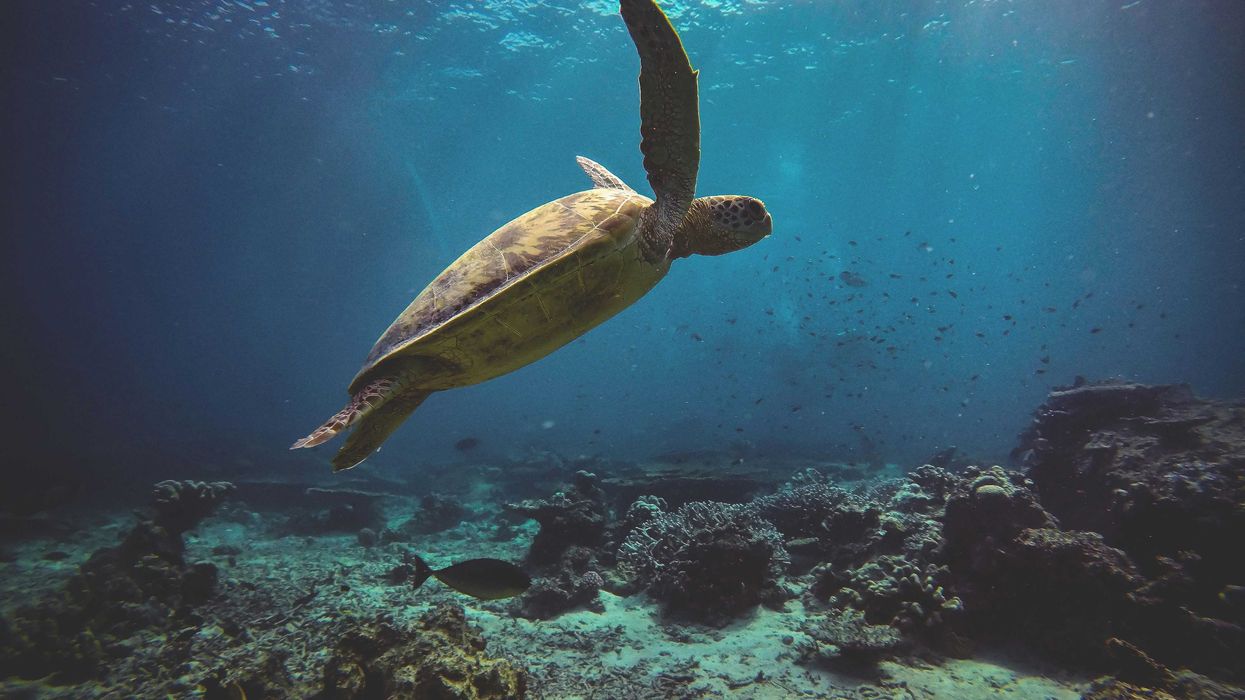Plastic, glass, and metal debris have been found at the Calypso Deep, the Mediterranean’s deepest point, raising concerns about the extent of ocean pollution.
Rob Hutchins reports for Oceanographic Magazine.
In short:
- Researchers from the University of Barcelona identified 167 pieces of debris, mostly plastic, at the 5,112-meter-deep Calypso Deep in the Ionian Sea.
- The waste, carried by ocean currents or dumped directly from boats, accumulates in the trench due to weak currents and the region’s unique underwater topography.
- Scientists warn that the Mediterranean, heavily impacted by human activity, requires urgent global policy action to curb marine plastic pollution.
Key quote:
“Unfortunately, as far as the Mediterranean is concerned, it would not be wrong to say that ‘not a single inch of it is clean.’”
— Miquel Canals, professor at the University of Barcelona Department of Earth and Ocean Dynamics
Why this matters:
Plastic waste has now reached even the most remote and inaccessible parts of the ocean, showing the true scale of human pollution. Nowhere is this more evident than in the Mediterranean, a sea bordered by some of the world’s most densely populated regions and crisscrossed by heavy maritime traffic.
Scientists warn that plastic waste sinking to the ocean floor can persist for centuries, gradually breaking down into microplastics that infiltrate marine food chains. From tiny plankton to large predators, ocean life is exposed to an artificial substance that was never meant to be part of their ecosystem.
The full consequences of this contamination are still being studied, but early findings suggest disruptions to marine life and potential risks to human health through seafood consumption. In a region as ecologically and economically reliant on its waters as the Mediterranean, the growing plastic burden is a quiet but persistent crisis.
Read EHN’s explainer: Plastic pollution in the ocean














